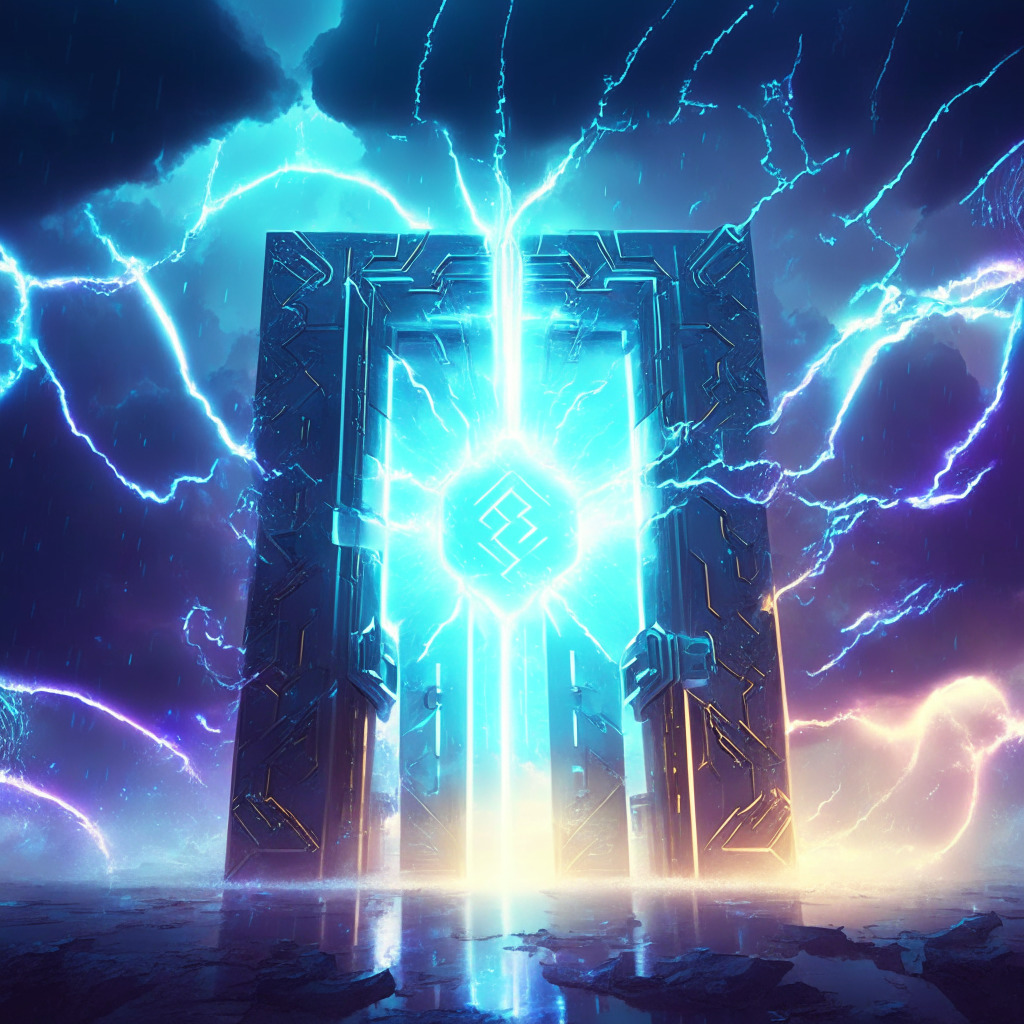The team behind Era, an Ethereum-compatible layer-2 zk-rollup, has announced the launch of an open-source framework for developing zk-rollups and layer-3s called “hyperchains.” This innovative concept, known as ZK Stack, is designed to cater to developers who prioritize sovereignty. Not only are the resulting chains free and open-source, but they also maintain the security of an Ethereum zk-rollup while offering customization options.
Matter Labs CEO Alex Gluchowski shared with Blockworks that the combination of permissive open-source license (MIT/Apache) and scalability provided by zero-knowledge proof technology is unmatched by current solutions. With ZK Stack, creators possess complete rights to the code and have the authority to customize and shape every aspect of a chain. Moreover, hyperchains function independently, relying only on Ethereum for liveness and security.
One of the goals of the ZK Stack is to offer a competitive alternative to the Optimism “superchain” concept. This platform pre-emphasizes the philosophical principles of Matter Labs’ “zk credo.” According to Gluchowski, ZK Stack will be the only fully open-source alternative to Optimism’s stack for building rollups.
A key feature of the ZK Stack is its modularity and composability. Developers have the ability to choose from various options for sequencer and data availability layers without fragmenting liquidity and users. In essence, this creates “a seamless trustless network with low latency and shared liquidity,” which is ideal for applications that do not require synchronous composability. Instead of relying on risky cross-chain bridges, chains will be able to execute user actions across a unified liquidity network.
For example, Gluchowski explained that building a trustless bridge between Optimism’s superchains takes up to seven days, which he believes is not sufficient. He argues that latency must be reduced to seconds or minutes to provide seamless user experience for liquidity and interoperability across multiple chains.
ZK Stack’s adaptability makes it suitable for applications requiring customization, such as game developers running their sequencers or application-specific blockchains like a decentralized exchange demanding ultra-low latency. This can also apply to private permissioned chains like those managed by banks while still benefiting from a connection to the broader ecosystem.
With community-building as one of its primary objectives, the ZK Stack aims to entice developers into the zkSync ecosystem. As Gluchowski puts it, it’s time to “give it over to the community and enable everyone to build their own versions of it.” This initiative is an evolution of Matter Labs’ priorities, moving towards onboarding independent teams to contribute to the network that began with zkSync Era.
Developers are encouraged to experiment with the ZK Stack as the first hyperchains are expected to go live later this year. When the necessary adjustments to zkSync Era have been made, developers will be able to easily deploy their customized chains, fueling further innovation in the world of blockchain technology.
Source: Blockworks




